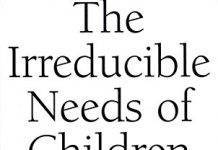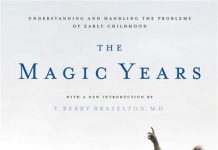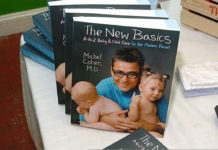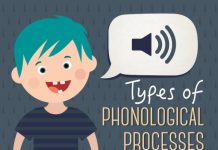A reactive attachment disorder in children or RAD as it is also known, is an uncommon condition that prevents normal attachments to primary care givers in early childhood. This is a different condition from others such as mental retardation or other developmental disorders. We look at possible causes,symptoms and prevalence of RAD.

Causes of reactive attachment disorder in children
This condition prevents children from forming normal, healthy bonds with parents orcaregivers. It has its roots in early childhood neglect, abuse or abandonment. When a child’s needs for affection, attachment and nurturing are not met, the child doesn’t form normal bonds with people around, giving rise to RAD.
A child’s perceptions and understandings of what a normal relationship is supposed to be like, can be very highly disturbed. This can occur because of frequent changes in primary caregivers during the early formative years (between 6 and 36 months of age). Another reason could also be lack of responsiveness of the caregiver to the child’s attempts at communication.
Though it starts in childhood or babyhood, this is a lifelong condition. While still a child, there are certain changes that occur in the brain as it grows. So not only does reactive attachment disorder in children affect the individual as a child, it also affects the child’s ability to form healthy relationships later in life.
Unlike many other mental disorders, RAD has no genetic component. It is caused principally due to a history of neglect and lack of normal care in relationships and abuse. However, certain temperamentscould be more susceptible to the disorder and some children may be more vulnerable than others. For this reason, the same type of environmental adversity could produce very different outcomes in different children.
Symptoms of reactive attachment disorder in children
This disorder starts in early childhood (before age 5) and the first symptoms may be visible in infancy. The infant with RAD will fail to show normal behavior such as smiling, responding to others or following them around the room with their eyes.
The baby may show no interest in normal infant games or toys, and may seem withdrawn and listless. The baby will typically be calm when left alone and may frequently self-soothe by rocking or stroking and similar behavior.
When older, reactive attachment disorder in children may manifest in very different, sometimes diametrically opposite ways. Basically the disorder causes children to relate socially to others, in very inappropriate ways.
There could be excessive and indiscriminate attempts to get attention and affection from others; even those who are not close to the child and even strangers. The child may crave comfort and affection from adults or peers.
On the other hand reactive attachment disorder in children could also manifest in the opposite way – some children may withdraw from affection and comfort and reject it completely. They may refuse to accept normal affection and comfort when upset. Social withdrawal and lack of social interaction, refusing to ask for help and hiding of feelings are other symptoms. Drug or alcohol abuse could also be present.














